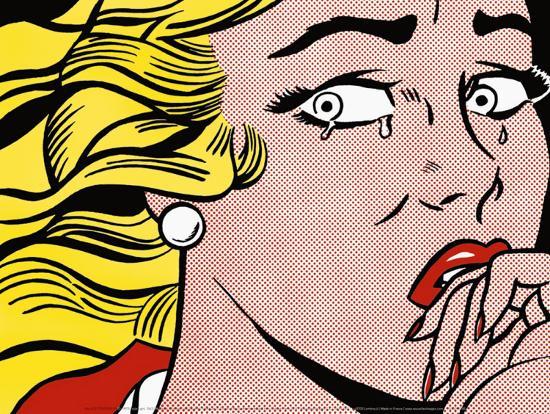Born in 1923 in Manhattan, New York, Roy Fox Luchtenstein was the child of upper-middle class Jewish parents. He grew up an avid fan of music and art, first through hobby work but then through drawing images of local musicians playing their instruments at the Apollo theatre, which he frequented in high school.
He studied art at the Ohio State University until he was drafted for a three-year service in World War II as apart of the United States Army, in which he served as an artist. Once he returned he finished his schooling under one of his teachers Hoyt L. Sherman, who is widely regarded to be his influential mentor. After receiving his degree he taught at Ohio State University for 10 years.
In 1951 he moved to Cleveland and pursued painting while also raising a family. During this time his art style fluctuated between Expressionism and Cubism. In 1957 he moved back to his home of New York and his style shifted into Abstract Impressionism.
Much of his work was influenced by what at the time was modern consumerism, cartoons, societal roles, and comics. He is quoted saying, “I was interested in anything I could use as a subject that was emotionally strong – usually love, war, or something that was highly charged and emotional subject matter to be opposite to the removed and deliberate painting techniques”. During this period he was heavily criticized for all of his work, critics questioning the originality of his pieces, and how much he did to change them from their source materials or inspiration. This was because much of his work was copied from comic artists, like Jack Kirby, with few minor changes and no credit to the artists whose work he was recreating. He stopped his comic recreation in 1965, and moved onto other work instead.
He died in 1997 of pneumonia, and is widely considered one of the great Pop Artists of the 20th century.
I personally like his work, but perhaps that’s because I love comics. I don’t appreciate the lack of credit that the original comic artists he took the basis of his work from received, as many of them worked tirelessly for a small wage, and he was making a living and becoming world renown for ripping them off. He’s also massively creepy looking.




